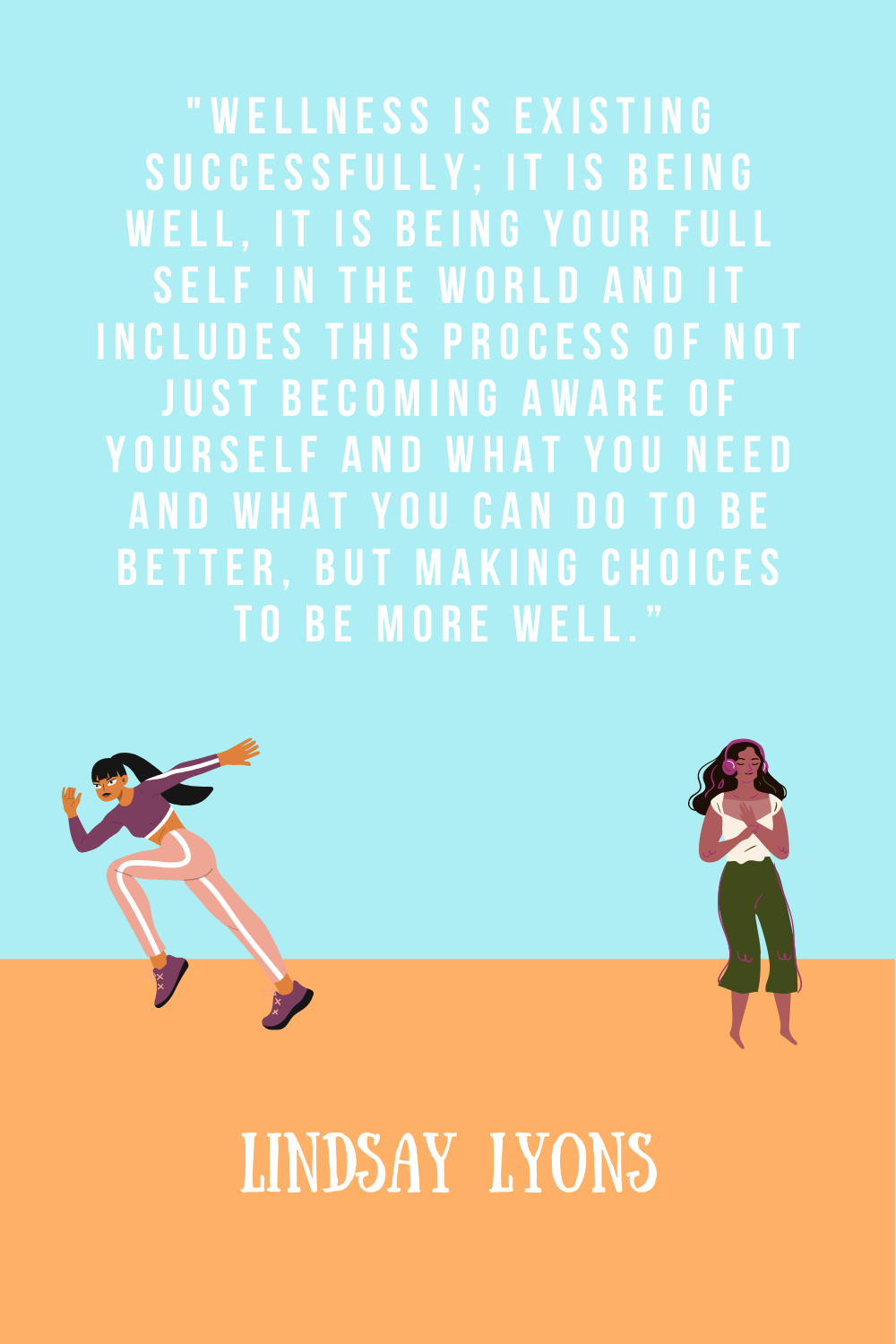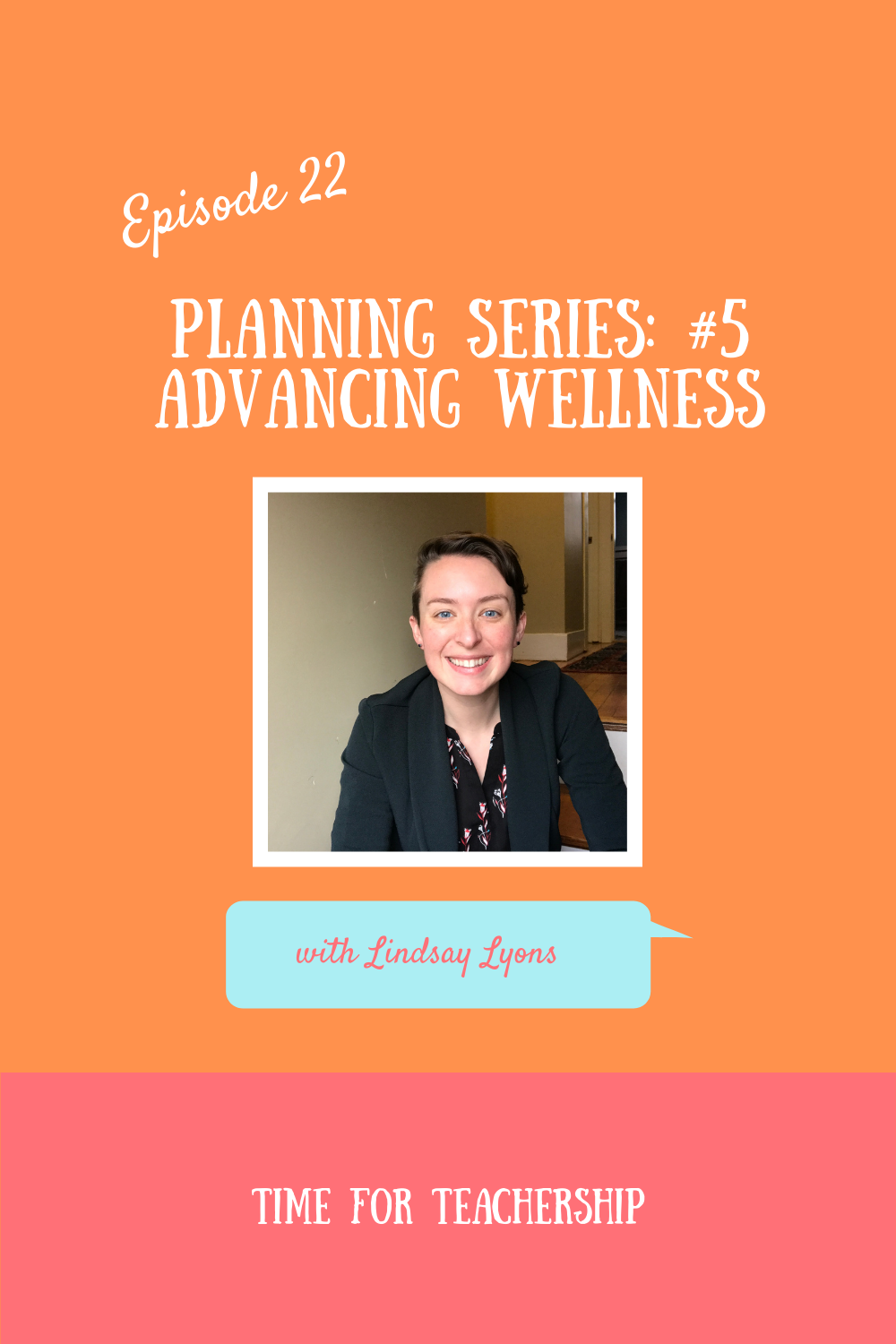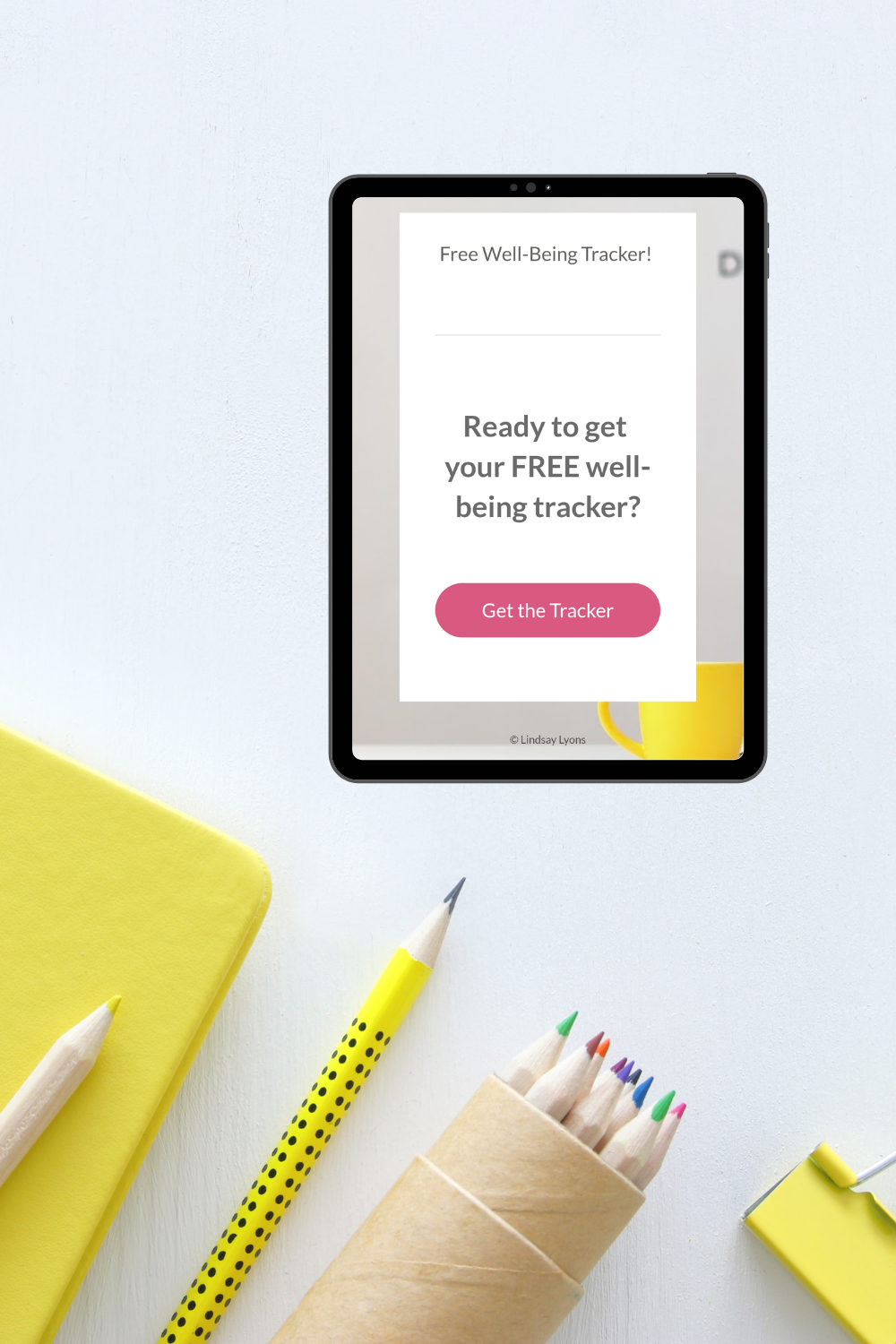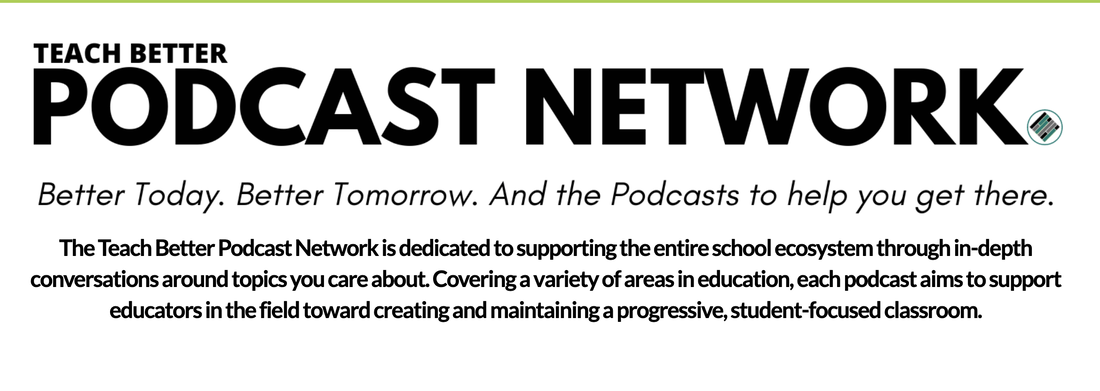|
Why is wellness something we should dig deeper into? Well-being is critically important for school culture and student success. Researchers found that employee health directly impacts the success of organizational success. The second reason is that a principal’s sense of well-being is related to the well-being of students and teachers. Similarly, educators report that they flourish when their students flourish. So many schools have high turnover rates and are feeling the time crunch to improve scores quickly. Schools that are flourishing are doing these five things: 1. Filling the culture with trust, hope, compassion, and purpose 2. Engaging in their work and connecting purpose to it 3. Having a shared leadership mindset 4. Adapting to any situation and 5. Prioritizing their well-being. How wellness contributes to high performance The well-being of an entire organization can only come from the bottom up. So an individual stakeholder’s well-being is an essential part of the process. Schools that are performing at an amazing level are:
All of the work that school leaders put into their own growth and helping others around them can have a profound ripple effect on the school as a whole. That’s why it’s important to also support the well-being of those around you. Make sure your organizational environment is reinforcing healthy behaviors (not as an add-on, but as part of the fabric of how you do things). Foster well-being through positive interpersonal communication.These teachers and leaders are not afraid to have difficult conversations and speak up for social justice. So lean into your own values, because they will get you far. You have a choice as a school leader, you can choose to promote well-being, or you can choose to harm well-being and perpetuate oppression. The reality is that many schools today are facing high turnover rates. The turnover rate in the nation’s K–12 schools is an increasingly acknowledged but still poorly understood crisis. Teachers are feeling more crunched for time. There is high demand to get students to retain their information and perform well on standardized tests. There’s too much focus on making sure the public data looks right. Teachers can definitely get stressed out by following this model too closely. We know that teacher stress has a big effect on student’s performance and well-being. So there is good reason to turn to wellness. If schools instead put more energy into cultivating wellness in teachers, there is more potential for them to feel supported and meaningful in their work. Types of Wellness The National Wellness Institute breaks down wellness into 6 dimensions. Those are:
Here’s what they say about wellness: “it is an active process through which people become aware of and make choices toward a more successful existence.” It is simply making choices consistently towards a healthy and fulfilling life. It’s important to remember that a single habit like exercise, only fulfills one or a few dimensions of wellbeing. So the key is to think about how you can achieve wellness in each area. For example, to work on my emotional well-being, I check in with how I’m feeling in my body. I lower my shoulders and try to connect to emotions that are coming up. These could look completely different for you. You could hit multiple pieces of wellness by engaging in movement and socializing at the same time. You could connect spiritual to emotional with deep reflection and writing. Or perhaps think of something you’ve done an incredible job with this week to really fuel yourself up. Once you’ve thought about what types you want to hit, set a monthly wellness goal with three concrete actions that are listed underneath it. After that, how will you plan to track that progress? If you don’t have something set up, feel free to use my wellness tracker below! Think about how you can fulfill each month’s goal. There are plenty of opportunities to merge one well-being with another type so that you don’t have to spend more time than you have trying to hit all of them. Let it come naturally and in all the ways that bring you happiness or peace. This entire planning series was made to help you reconnect to wellness and plan ahead for more satisfaction and growth. Make wellness the priority more consistently and you’ll be so excited with the results you get. Be sure to come back for the last part of the planning series next week! And if you want me to take you on an in-depth walkthrough of how I saved 700 hours of planning time in one year as a teacher, my self paced online course, Work Less Teach More, is now open for enrollment. The course is $197 and I don’t know about you, but my professional and mental wellbeing is worth way more to me than $200. You can enroll today at bit.ly/wltmcourse If you’re a school leader wanting to help your teachers free up the time and energy to tackle big transformative things, you can purchase this course for your teachers as a pilot for one department or grade team or for the whole school. Want to chat to see if the course would be a good fit? Connect with me at [email protected]
0 Comments
Leave a Reply. |
Details
For transcripts of episodes (and the option to search for terms in transcripts), click here!
Time for Teachership is now a proud member of the...AuthorLindsay Lyons (she/her) is an educational justice coach who works with teachers and school leaders to inspire educational innovation for racial and gender justice, design curricula grounded in student voice, and build capacity for shared leadership. Lindsay taught in NYC public schools, holds a PhD in Leadership and Change, and is the founder of the educational blog and podcast, Time for Teachership. Archives
May 2024
Categories |




 RSS Feed
RSS Feed